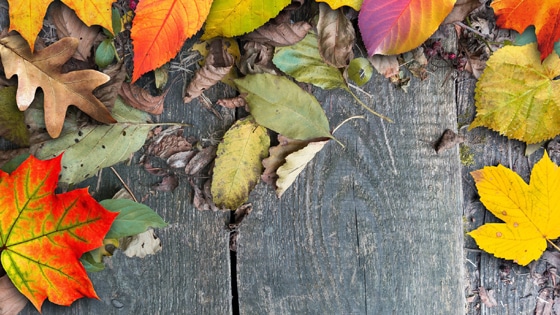
All the leaves are starting to turn to gorgeous shades of red, orange, brown and yellow, making it the perfect time to start our fall organic gardens. There are those that think the planting season is over just because the weather is cooling off, but that just isn’t so. It is actually the absolute perfect time to get started on creating the perfect garden to help fill some jars and the freezer before the first snow starts to fall.
The first step after ensuring our soil is nutrient enriched and well fertilized with organic fertilizer is to pick out what we want to grow. This can be a difficult task once you realize how many options you actually have available. Most people do not understand the variety of hearty plants available that will survive in cooler temperatures, as long as they have proper care. If you want to stay on focus, make a list for a desired harvest. It will help you avoid many distractions when you are out picking up plants and seeds.
When looking at starter plants, make sure to check the plant tags if you are unsure of the care. Next, pay attention to the bottom of the containers, as well as the plant itself. If you see root growth coming out of the container’s bottom, you will want to avoid those plants. Extended root growth can mean the plants is root bound, aka, it won’t grow very well. Also, go for the smaller plants, which are usually more reasonably priced. You can often find deals on 4 or 6 for under $7, and with proper care, they will shoot up quickly. The larger plants will produce quicker IF they are not root bound, but they are more expensive and you actually get less. Smaller trays are the way to go.
By now you should be aware of the condition of your soil. It is very important that your new plant’s home is nutrient rich and ready to help them grow. If you worry your organic garden needs a little help, consider compost or organic fertilizer. Both will do wonders for the soil and aid in the life of your new plants. Maintain proper moisture in the soil as well, as plants get thirsty even in cooler temps.
One mistake amateur gardeners often make is planting their babies to close together. Like children, your plants need room to grow. Read the tags if you are unfamiliar with the size after mature growth, and plant accordingly. If the plant needs a 2-foot area to spread, give it a 3-foot span in case it loves your soil and grows a little extra. Giving all your plants a little growing room will also aid you when it comes to harvest time. A little space for walking will prevent accidents from happening to any leaves or vines.
If you are a fan of organic gardening, you should find these tips to be quite helpful during the fall. The more love you put into your plants via moisture, organic fertilizer/compost, and care, the more return they should yield.



You actually make it appear really easy along with your presentation however
I find this topic to be actually something that I feel I would never understand.
It seems too complex and very wide for me. I am
having a look forward to your subsequent put up, I
will try to get the dangle of it! Lista escape roomów
The information is provided for a wide range of audience and may not be suitable for all.